By Jason G Goldman
“Almost all other animals are clearly observed to partake in sleep, whether they are aquatic, aerial, or terrestrial,” wrote Aristotle in his work, On Sleep and Sleeplessness.
In The History of Animals, he wrote: “It would appear that not only do men dream, but horses also, and dogs, and oxen; aye, and sheep, and goats, and all viviparous quadrupeds; and dogs show their dreaming by barking in their sleep.”
Researchers can now humanely peer into the electrical and chemical activities of brain cells in animals while they sleep. In 2007, MIT scientists Kenway Louise and Matthew Wilson recorded the activity of neurons in a part of the rat brain called the hippocampus, a structure known to be involved in the formation and encoding of memories. They first recorded the activity of those brain cells while the rats ran in their mazes.
Then they looked at the activity of the very same neurons while they slept and discovered identical patterns of firing during running and during REM.
In other words, it was as if the rats were running the maze in their minds as they slept. The results were so clear that the researchers could infer the rats’ precise location within their mental dream mazes and map them to actual spots within the actual maze.
University of Chicago biologists Amish Dave and Daniel Margoliash looked into the brains of zebra finches and discovered something similar.
These birds are not born with the melodies of their songs hardwired into the brains; instead, they have to learn to sing their songs. When they’re awake, the neurons in part of the finches’ forebrain called the robutus archistriatalis fire following their singing of particular notes. Researchers can determine which note was sung based on the firing patterns of those neurons. By piecing together the electrical patterns in those neurons over time, Dave and Margoliash can reconstruct the entire song from start to finish.
Later, when the birds were asleep, Dave and Margoliash looked again at the electrical activity in that part of their brains. The firing of those neurons wasn’t entirely random. Instead, the neurons fired in order, as if the bird was audibly singing the song, note for note. It might be said that the zebra finches were practising their songs in their sleep.
http://www.bbc.com/future/story/20140425-what-do-animals-dream-about
Ants are good sleep research subjects, as they live underground. Most ants get exposed to sunlight only very irregularly, so a sleeping rythm based on a photo period like ours would not be very useful. Because of their social and subterranean lifestyle, one might expect that sleep periods of ants are more dependent on the tasks at hand than on light/dark periods.
This is indeed what Deby Cassill and collaborators found. Queens of the fire ant (Solenopsis invicta) have an average of 92 sleep periods per day, lasting for about 6 minutes each (for a total of 9.4h of sleep per day). Workers are very different from this, as they had 253 sleep episodes on average per day, each lasting about 1 minute, for a total of 4.8h sleep per day, meaning they sleep more often, but less long. At any time of the day, about 80% of the work force was actually working instead of sleeping, which is an efficient pattern.
REM (Rapid Eye Movement) sleep is the phase where we ‘blink’ our eyes often, and it’s the phase where our dreams are the most vivid; the dreams we actually remember occur during this sleep phase.
Ant queens show a similar behaviour when they’re fast asleep. Instead of their eyes, they twitch their antennae, resulting in so called ‘Rapid Antennal Movement’ (RAM) sleep.
Cassill DL, Brown S, Swick D, Yanev G (2009) Polyphasic wake/sleep episodes in the fire ant Solenopsis invicta. Journal of Insect Behaviour 22:313-323







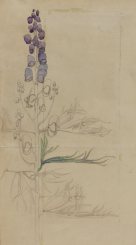


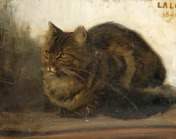






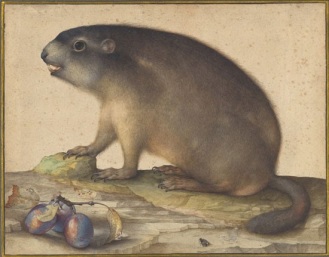

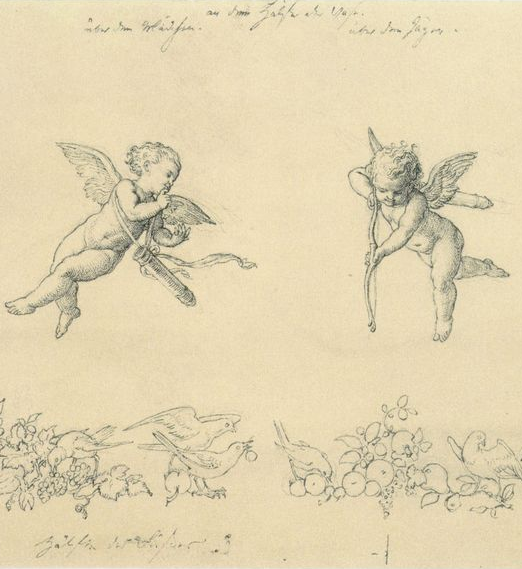

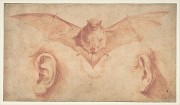






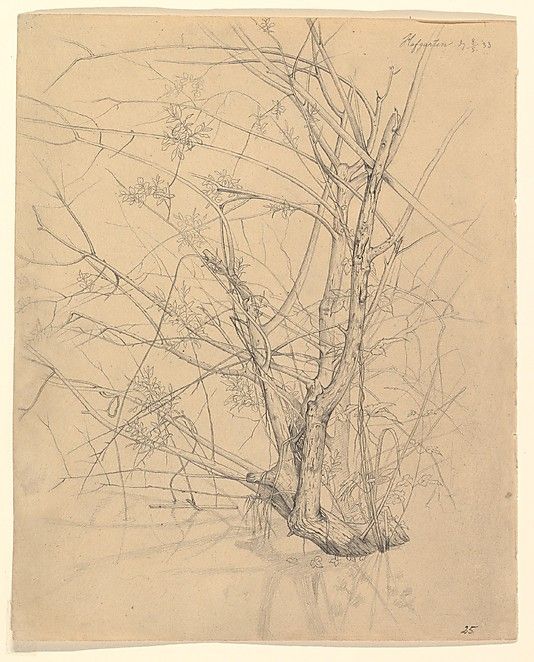




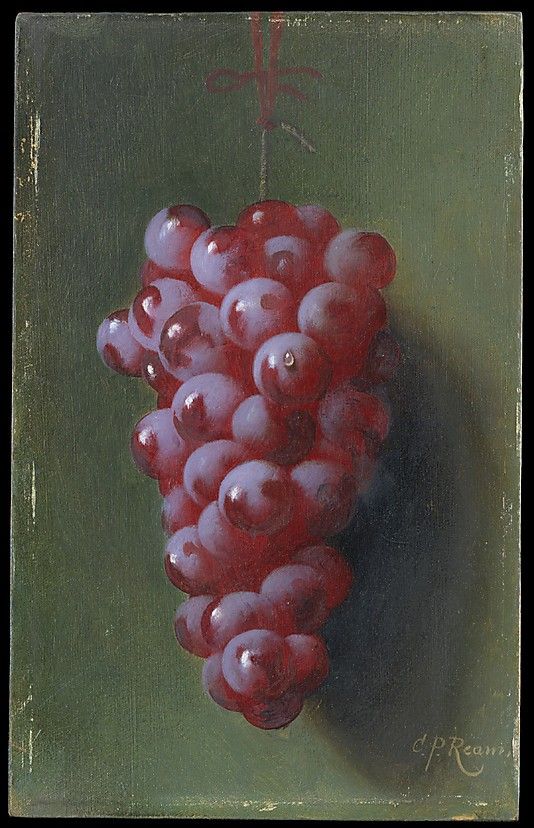








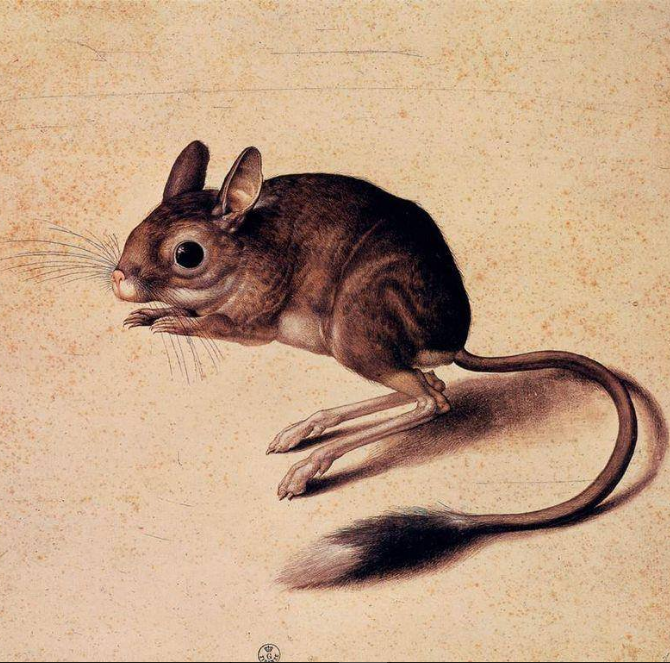






Leave a comment